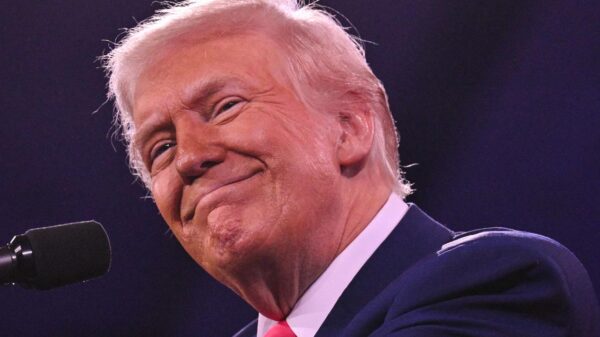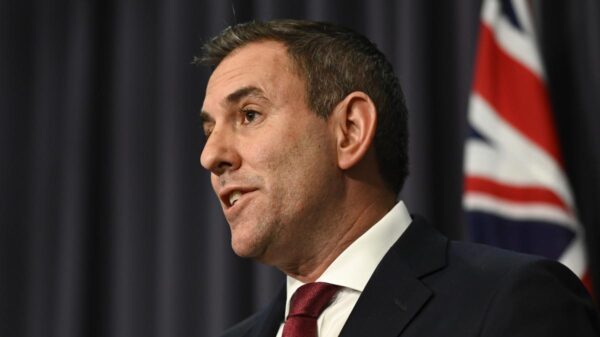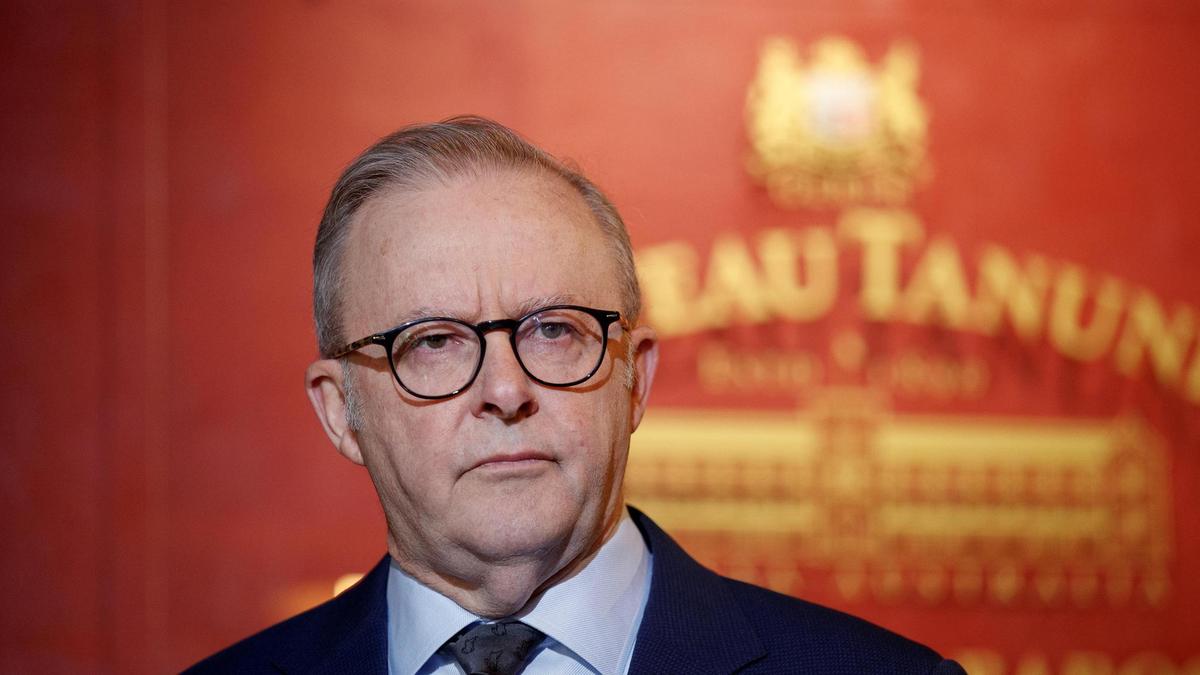Anthony Albanese, the Prime Minister of Australia, has unveiled a revamped version of the country’s renowned tourism campaign, aiming to attract more Chinese holidaymakers. The initiative seeks to highlight Australia as a diverse travel destination that extends beyond its famed beef, red wine, and lobsters.
The campaign, which reintroduces the tagline “Come and say G’day,” emphasizes not only culinary delights but also the rich cultural experiences and stunning landscapes Australia offers. With the Chinese market returning to pre-pandemic levels, this move reflects a strategic effort to enhance Australia’s appeal to one of its largest tourist demographics.
Targeting the Chinese Market
In recent years, China has consistently been a significant source of international visitors to Australia. According to the Australian Bureau of Statistics, in 2019, over 1.4 million Chinese tourists contributed approximately AUD $12 billion to the Australian economy. The new campaign seeks to capitalize on this lucrative market by showcasing a broader range of attractions, including natural wonders, vibrant cities, and unique wildlife.
During the campaign launch, Albanese stated, “We want to invite our friends in China to explore the beauty and diversity of Australia. This is not just about what is on the plate but what is in the heart of our country.” The Prime Minister’s comments reflect a desire to foster deeper connections between the two nations through tourism.
The Australian tourism sector has been eager to recover from the impacts of COVID-19, which drastically reduced visitor numbers and economic contributions. With travel restrictions lifted, the government is optimistic that enhanced marketing efforts will reignite interest among Chinese travelers.
Strategic Partnerships and Initiatives
To strengthen this campaign, the Australian government plans to collaborate with key stakeholders in the tourism industry, including airlines, travel agencies, and local businesses. These partnerships aim to create tailored travel packages that appeal to Chinese consumers, focusing on experiences that resonate with their interests and preferences.
In addition to traditional marketing methods, the campaign will leverage digital platforms to reach a broader audience. Social media channels popular in China, such as WeChat and Weibo, will be utilized to engage potential travelers effectively.
Albanese emphasized the importance of cultural understanding in promoting tourism, noting that personal connections and shared experiences are vital. “We believe that by sharing our stories and welcoming people from all over the world, we can create lasting memories and friendships,” he stated.
As Australia gears up for a busy tourism season, the government’s efforts to revamp its marketing strategy signal a commitment to not only attracting tourists but also fostering goodwill and cultural exchange. With the Chinese market showing signs of recovery, the renewed campaign could play a critical role in revitalizing Australia’s tourism landscape in the coming years.


























































